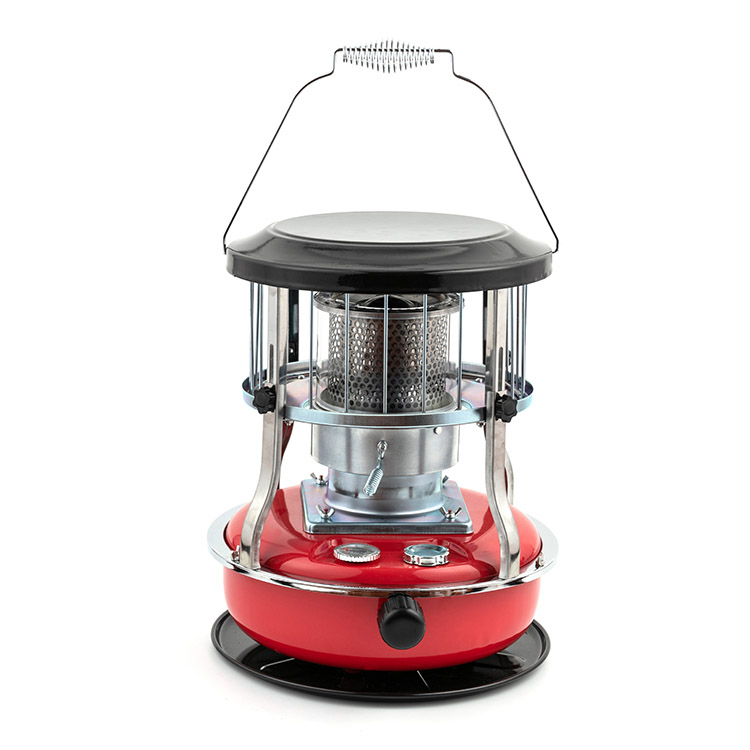Overview of Red Fuel Tank Glass Chimney Kerosene Stove
2024-04-11
A red fuel tank glass chimney kerosene stove typically refers to a portable cooking or heating device that utilizes kerosene as fuel, features a red fuel tank for storing kerosene, and includes a glass chimney for ventilation and emission control. Here's an overview of its components and operation:
1. Fuel Tank: The red fuel tank is where kerosene is stored for use in the stove. It is typically made of metal and has a capacity that varies depending on the size and model of the stove. The color red is often used for visibility and aesthetics.
2. Glass Chimney: The glass chimney serves several purposes:
- Ventilation: It allows combustion gases and by-products to escape from the stove, preventing the buildup of harmful fumes inside the cooking area.
- Emission Control: The chimney helps regulate airflow and temperature within the stove, promoting efficient combustion and reducing emissions.
- Heat Distribution: The chimney also helps distribute heat generated by the combustion process, ensuring even heating of pots and pans placed on the stove.
3. Burner Assembly: The burner assembly is where kerosene is vaporized and burned to produce heat. It typically consists of a wick or burner element that draws kerosene from the fuel tank and allows it to combust safely.
4. Controls: Depending on the model, the stove may include controls for adjusting the flame height and heat output. These controls allow users to regulate the temperature of the stove for cooking or heating purposes.
5. Portability: Kerosene stoves are designed to be portable, making them suitable for outdoor use or in areas where access to electricity or other fuel sources may be limited. They are often used for camping, outdoor cooking, or emergency preparedness.
6. Safety Features: Modern kerosene stoves may include safety features such as automatic shutoff mechanisms, flame sensors, and heat-resistant handles to prevent accidents and ensure safe operation.
7. Maintenance: Regular cleaning and maintenance are essential to ensure the safe and efficient operation of a kerosene stove. This includes cleaning the burner assembly, replacing worn-out parts, and inspecting the stove for any signs of damage or wear.
When using a red fuel tank glass chimney kerosene stove, it's crucial to follow all safety guidelines provided by the manufacturer to prevent accidents and ensure safe operation. Proper ventilation is also essential to minimize the risk of exposure to harmful combustion by-products.



